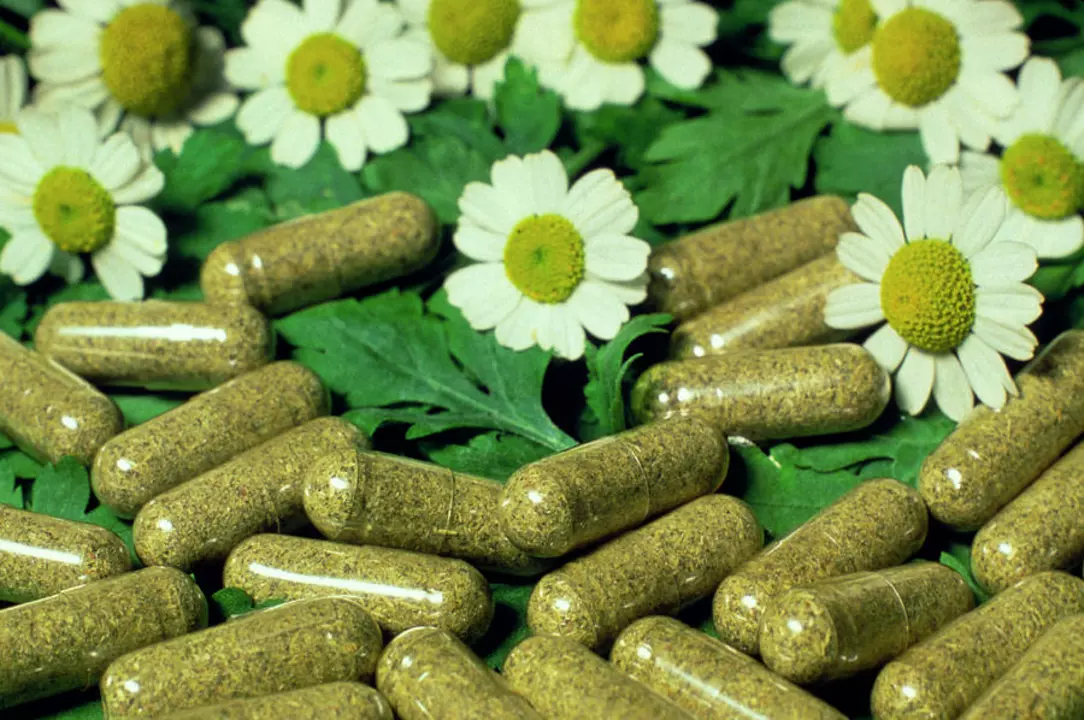Chrysanthemum: Uses, Tea How‑To, Benefits and Safety
Chrysanthemum shows up in gardens and in cups of tea. People use it for a mild, floral drink and as a traditional herb for eye comfort, cooling feverish feelings, and relaxation. This page gives clear, practical tips: how to make chrysanthemum tea, what it may help with, and what to watch out for.
How to make chrysanthemum tea and how much to drink
Use dried whole flower heads or loose blossoms. Put 4–6 grams (about a tablespoon) of flowers into a teapot or mug, pour 250–300 ml of water just off the boil, and steep 5–7 minutes. Taste it after 5 minutes; steep longer for stronger flavor. You can sweeten lightly with honey or rock sugar. Most people drink 1–2 cups a day. If you’re trying chrysanthemum for the first time, start with a single cup and wait 24 hours to check for any reaction.
What chrysanthemum can help with — plain facts
People report chrysanthemum tea helps with mild symptoms like tired or dry eyes, a feeling of heat after too much sun, or low‑grade throat irritation. It’s popular in East Asian home remedies for its soothing, cooling taste. Some use it for mild relaxation in the evening because it has no caffeine. You’ll also find chrysanthemum in supplements, flavored drinks, and topical products aimed at refreshing the skin.
Keep expectations realistic: chrysanthemum is not a cure for serious conditions. Think of it as a gentle, traditional option for minor complaints and comfort.
Safety matters. If you have known allergies to plants in the Asteraceae family (ragweed, marigold, daisies), avoid chrysanthemum—cross‑reactions can cause itching, rashes, or breathing problems. If you take blood thinners, blood pressure meds, or are pregnant or breastfeeding, check with your healthcare provider before using chrysanthemum regularly. Stop use and seek care if you notice rash, swelling, dizziness, or trouble breathing.
Other practical notes: use food‑grade dried flowers from a reputable source. Store them in a cool, dry, dark place in an airtight jar to keep flavor and shelf life. For a stronger effect, look for standardized extracts, but only after discussing dose and safety with a clinician.
Growing tip if you want fresh flowers: plant chrysanthemums in well‑draining soil with good sun. Harvest blossoms before they fully open for the best tea flavor. Dry them on a wire rack in a cool, ventilated spot to preserve aroma.
Final quick checklist: start slow, watch for allergies, check with your doctor if you take other medicines, and buy quality dried flowers. Chrysanthemum can be a pleasant, caffeine‑free addition to your routine when used thoughtfully.

The Science Behind Chrysanthemum Dietary Supplement: How It Can Transform Your Health
Chrysanthemum dietary supplement has recently caught my attention due to its numerous health benefits. The science behind it mainly involves its rich content of antioxidants, vitamins, and minerals which promote overall health. What excites me the most is how it can improve our immune system, reduce inflammation, and even support eye health. I've also discovered that it can help detoxify our liver and provide relief for those suffering from anxiety or insomnia. I'm excited to explore more about this amazing supplement and how it can transform my health journey.
Read More